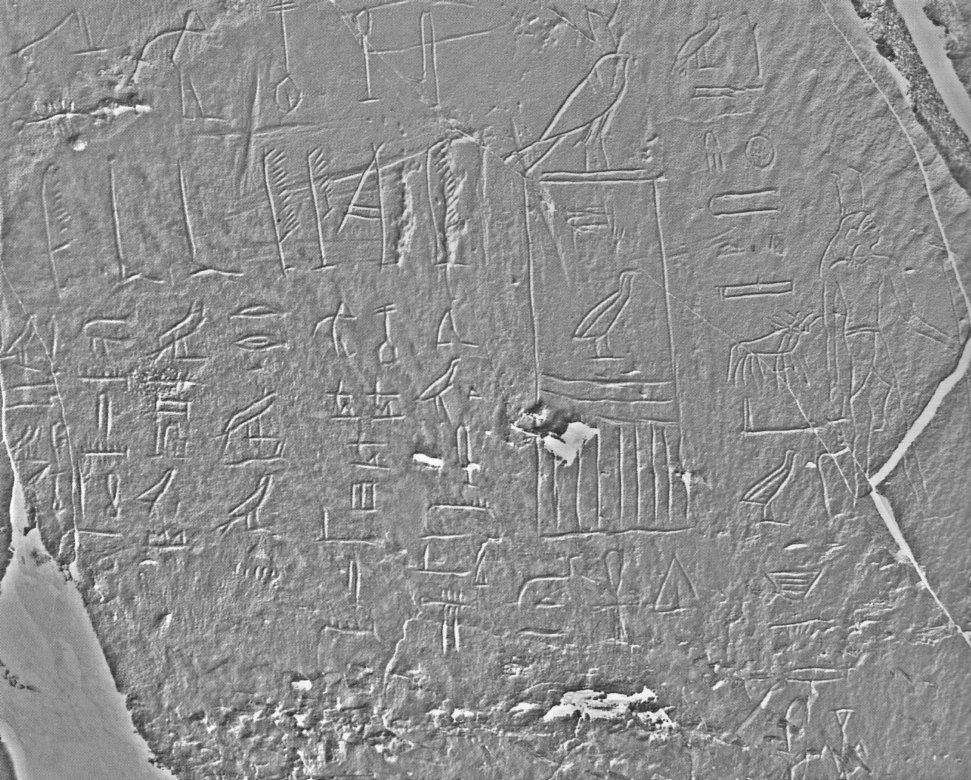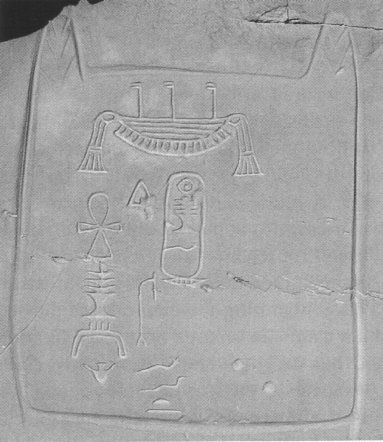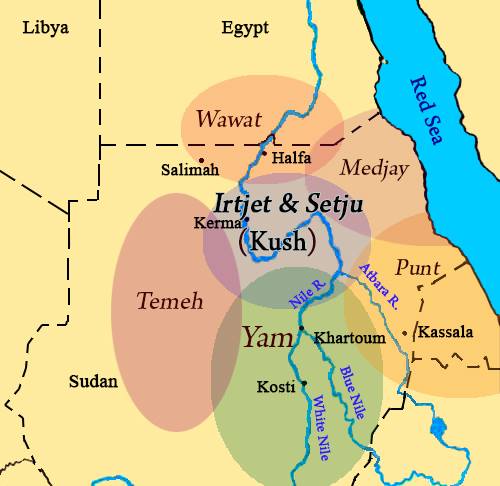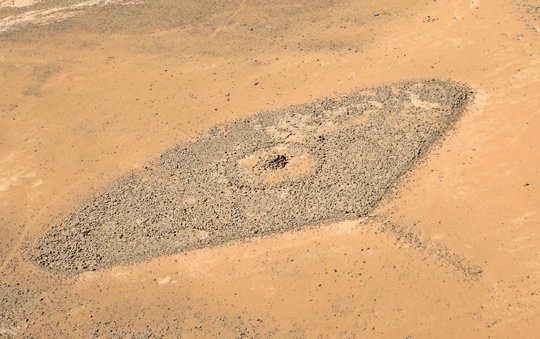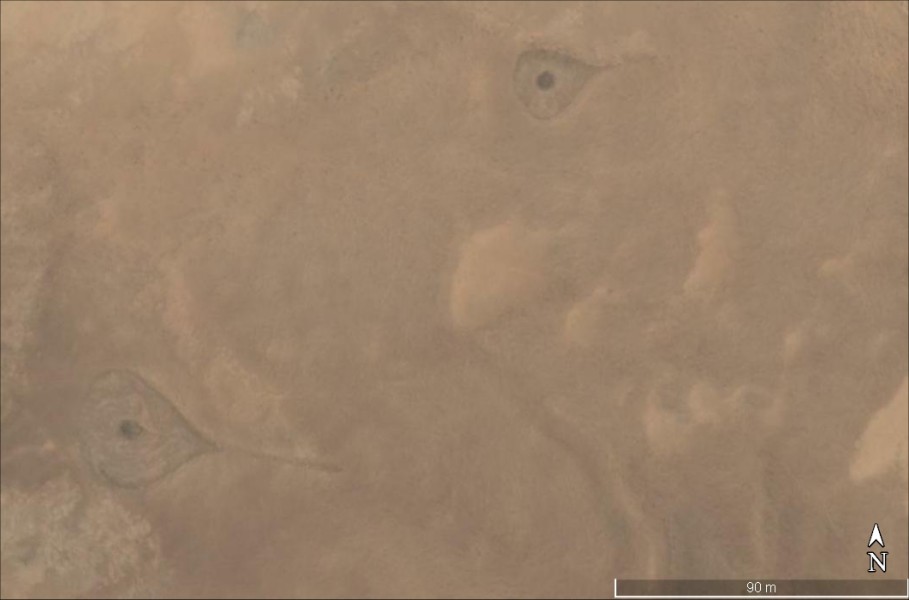A pharaonic inscription at Uweinat!
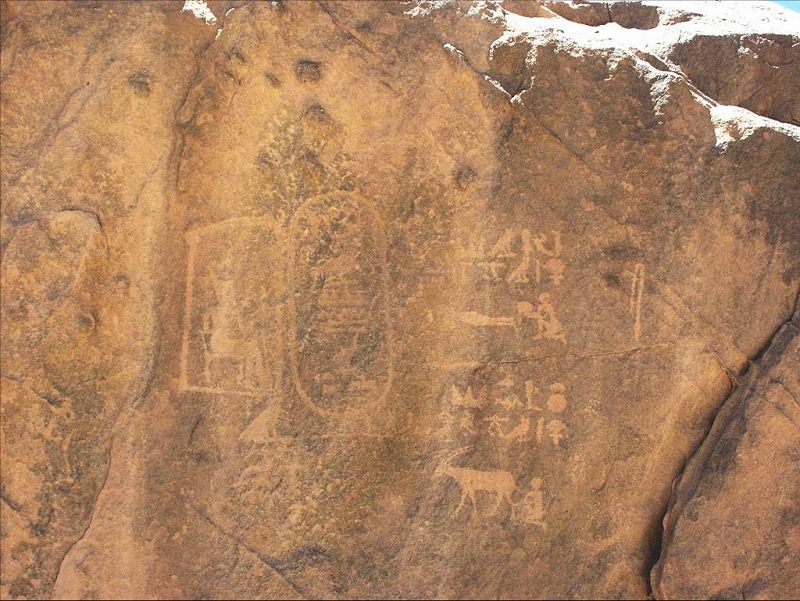
In late 2008 Mark Borda and Mahmoud Marei have discovered a pharaonic inscription at Jebel Uweinat, a most amazing find that will require a complete re-thinking of our understanding of the deep desert travel capabilities of the Ancient Egyptians.
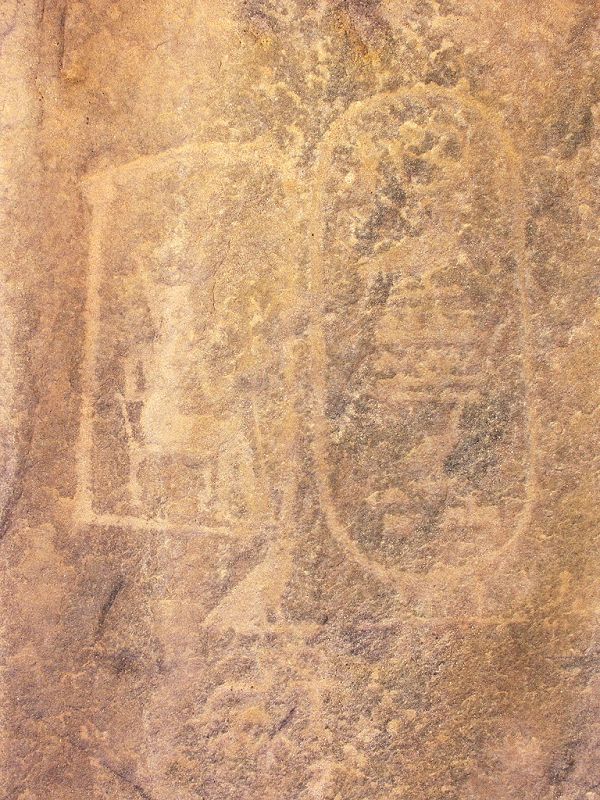


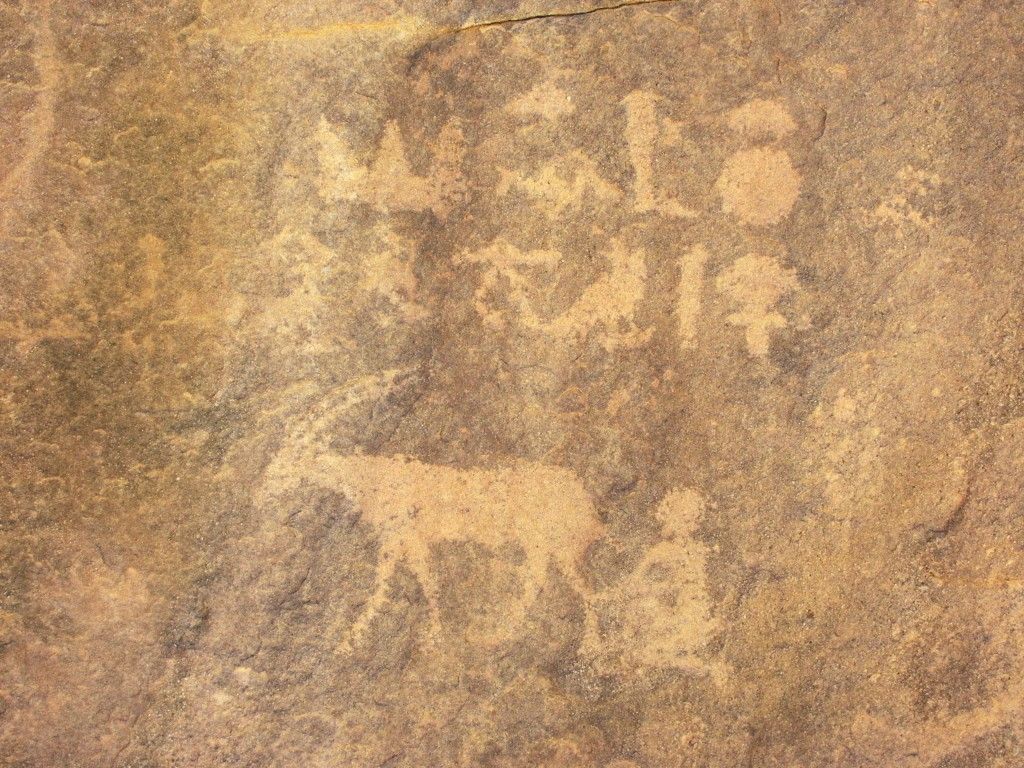



![[Smile]](smile.gif)











